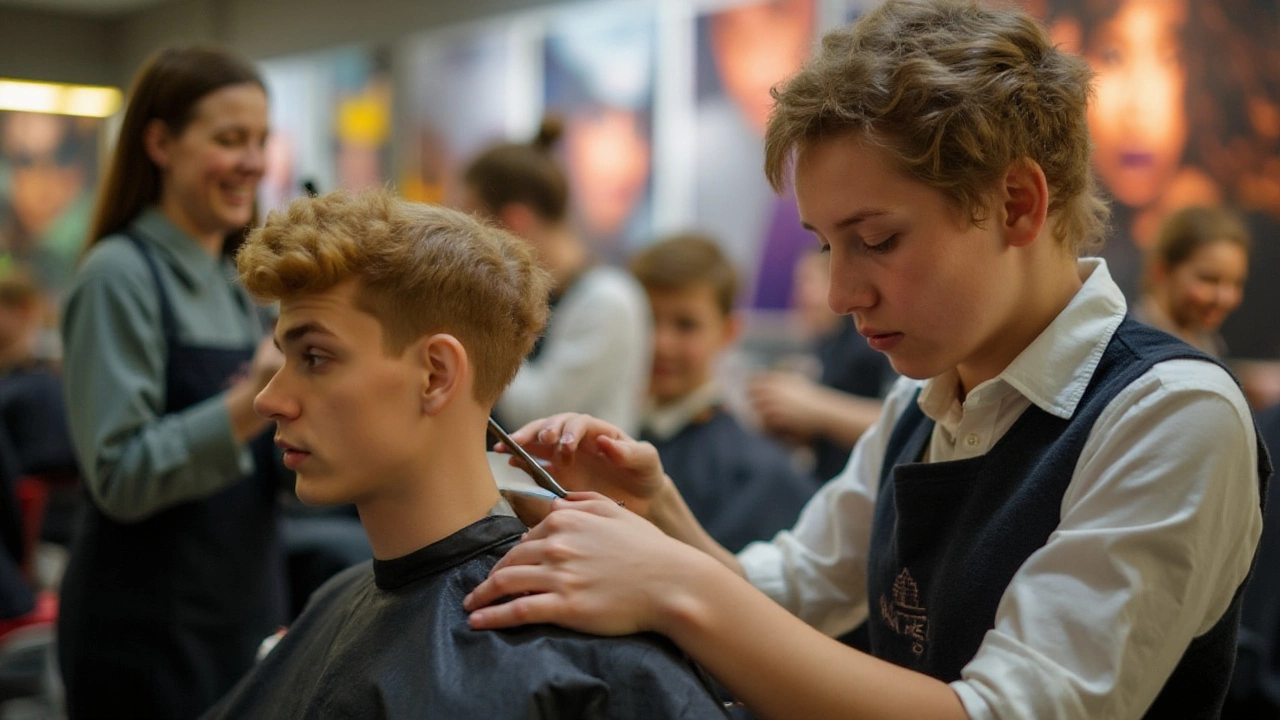Hair Styling Training: What You Need to Know to Get Started
Thinking about a career where you get to be creative every day? Hair styling training could be the shortcut you need. Whether you want to cut, colour, or style for a salon, a barbershop, or even on‑set, the right training sets the tone for success.
Most courses in the UK run between 6 months and 2 years. Short, intensive programmes focus on cutting techniques, client communication and health‑and‑safety basics. Longer diplomas add business skills, advanced colour theory, and a work‑placement that lets you earn while you learn. Pick the length that matches your budget and how quickly you want to start earning.
Key Skills Every Hair Stylist Must Master
Cutting hair isn’t just about snipping – you need a solid grasp of face shape, texture, and styling trends. Colour work adds a science element: understanding how pigments react, timing the process, and protecting the client’s scalp. Customer service is another hidden skill; a friendly chat can turn a first‑timer into a regular. Finally, basic maths helps you mix colour ratios, calculate service pricing, and keep track of inventory.
Don’t worry if maths feels shaky. Most salons use software that does the heavy lifting, and a quick mental check (like “is this a 1:1 mix or 2:1?”) will keep you confident. Practice with real colour charts during training and you’ll spot errors before they reach a client.
Choosing the Right Course and Boosting Your Earnings
Look for courses that offer a recognised NVQ or SVQ – employers trust these qualifications. Ask if the provider includes a placement; hands‑on time in a busy salon is worth more than any classroom lecture. Some schools also provide job‑search support, interview coaching, and a portfolio of work you can show to future bosses.
When you start earning, remember that salary isn’t just a base figure. Tips, commission on product sales, and overtime can push a junior stylist’s earnings from £16k to over £30k in a good year. Specialising in high‑demand areas like balayage, extensions, or men’s grooming often brings a premium price.
Quick tip: set aside a small portion of each paycheck for a professional kit upgrade. Clients notice quality tools, and a well‑maintained set of scissors or a reliable dryer can boost your reputation – and your tips.
In short, hair styling training blends creative practice, safety knowledge, and a dash of business sense. Pick a course that matches your timeline, focus on the core skills listed above, and you’ll be ready to walk into a salon with confidence. Ready to grab those shears and start shaping careers? Your future in hair starts with the right training, and GoSkill has the options you need to make it happen.




